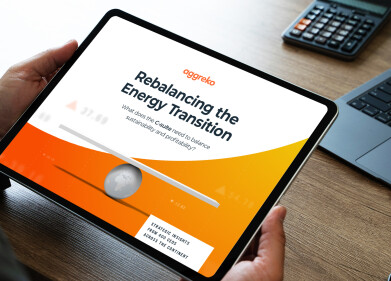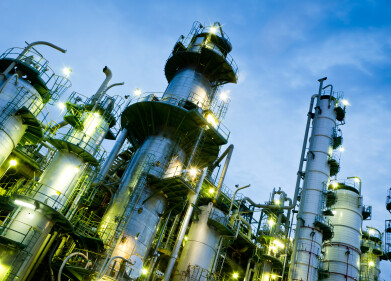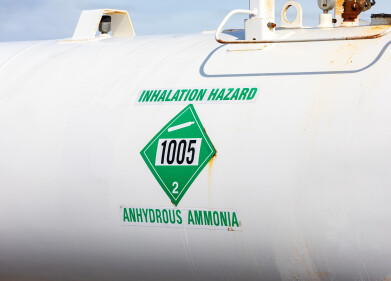Fuel for thought
What Are the Benefits of LFP Batteries?
Oct 25 2022
The cathode and anode have a critical role to play when it comes to battery performance. Lithium Iron Phosphate (LFP) batteries are no exception. LFP cells use a lithium ion phosphate cathode and graphitic carbon electrode anode to unlock a myriad of benefits, which we explore in more detail below.
Great thermal stability
The cell chemistry of LFP batteries is highly stable, which makes them less likely to ignite.
Thermal runway threshold
LFP batteries have a thermal runway threshold of roughly 270°C. This makes them one of the safest and most reliable battery technologies.
Low manufacturing cost
The raw materials required to manufacture LFP batteries are relatively inexpensive. LFP batteries are also nickel and cobalt-free which helps to keep manufacturing costs down.
Readily available materials
Instead of relying on rare minerals, LFP batteries use readily available materials like phosphate. This helps manufacturers sidestep supply chain issues.
Low toxicity
LFP batteries contain no cobalt, which instantly improves their toxicity rating.
Excellent electrical capacity
Compared to lead acid batteries, LFP batteries offer around 50% more electrical capacity.
Lightweight
LFP batteries are 70% lighter than lead acid batteries and 50% lighter than lithium manganese oxide (LMO) batteries. They’re also significantly lighter than many lithium ion batteries.
Low discharge rate
When in storage, lead acid batteries lose around 30% of charge per month. In comparison, LFP batteries self-discharge at a rate of just 2%.
Expiring patents
Battery technologies are often patented which limits uptake. In 2022 many LFP patents are due to expire, which will present exciting new opportunities for battery manufacturers.
EV manufacturers embrace LFP technology
Excellent performance and safety credentials have helped drive the popularity of LFP batteries in the EV industry. An increasing number of auto manufacturers are embracing the benefits of LFP batteries, with the latest stats published in the AlixPartners 2022 Global Automotive Outlook report revealing around 17% of EVs are powered by LFP batteries.
Ford is one company exploring the use of LFP batteries in its EV range. While the brand will continue to equip EVs with nickel cobalt manganese (NCM) batteries, it will also fit out vehicles with LFP batteries built by Chinese battery manufacturer, CATL. This includes the new Ford Mustang Mach-E SUV. The transition will minimise the company’s reliance on minerals like cobalt and nickel, as well as slash up to 15% of battery manufacturing costs.
“These standard-range batteries offer customers many years of operation with minimal loss of range after many charge cycles,” says Lisa Drake, vice president of EV Industrialisation at Ford. “That benefits owners who need to charge often, like our commercial customers.”
EV uptake is on the rise, but internal combustion engines haven’t lost their relevance. Find out more about how the industry is evolving in ‘Latest Trends in New Internal Combustion Engines’.
Digital Edition
PIN 25.5 Oct/Nov 2024
November 2024
Analytical Instrumentation - Picturing Viscosity – How Can a Viscometer or a Rheometer Benefit You? - Sustainable Grease Formulations: Evaluating Key Performance Parameters and Testing Method...
View all digital editions
Events
Jan 20 2025 San Diego, CA, USA
Jan 22 2025 Tokyo, Japan
Jan 25 2025 San Diego, CA, USA
SPE Hydraulic Fracturing Technology Conference and Exhibition
Feb 04 2025 The Woodlands, TX, USA
Feb 05 2025 Guangzhou, China



















